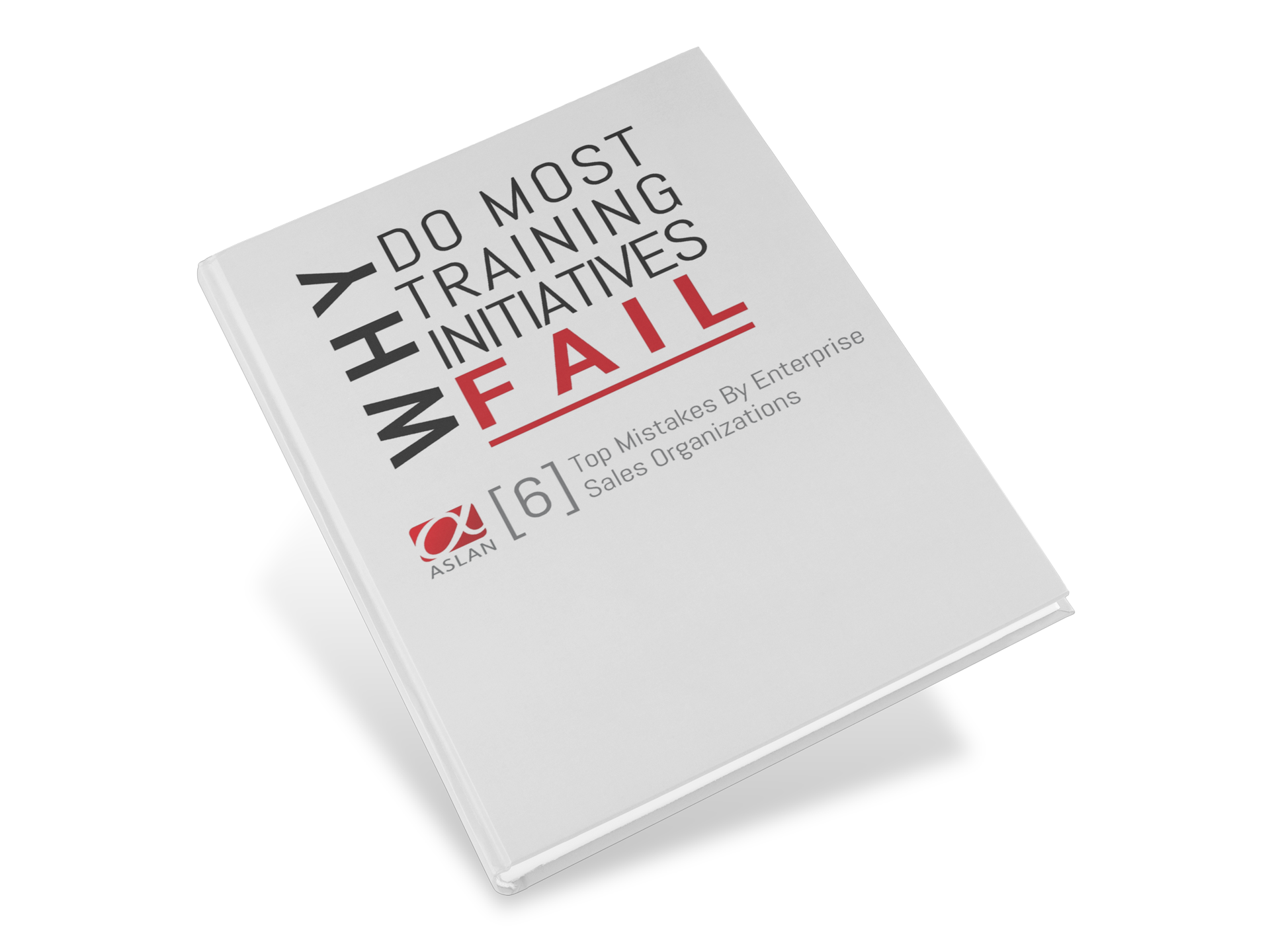 I have a couple of calls on my calendar today – they couldn’t be more different.
I have a couple of calls on my calendar today – they couldn’t be more different.
In one of the calls I am in the role of the seller. I have a solution that I truly believe would be extremely beneficial to the “buyer.” I’ve reached out to him a couple of times and he indicated that he’d be receptive to meet to discuss my proposal. But, lately, I’ve found it almost impossible – strike that “almost” – I’ve found it impossible to get him to respond to my calls. What’s up? He may truly be busy – knowing his work situation, that’s a very real possibility. But I’m starting to wonder whether there is something else going on.
In the second call, I find myself in the role of the buyer. I’ve been introduced to the seller’s solution and agreed to a follow up conversation today to address any questions I might have. I am absolutely dreading that conversation. Here’s why – I’ve at least tentatively determined not to purchase the solution. And I know how this conversation is going to proceed when I communicate that decision. The seller is going to respond to my objections with his carefully prepared counterpoints. He will likely re-structure the proposal in hopes of addressing some of myconcerns, and he’ll probably try to string the communication out to another meeting in hopes that I’ll change my mind. As the buyer, none of that sounds fun to me.
So I have a plan . . . I’m going to come up with an excuse to duck out of the conversation and hope he forgets about me. This plan has worked for me in the past.
We need to understand that tension is inherent in the seller/buyer interaction. Sellers want buyers to buy. Now in the best of cases, sellers genuinely care about the welfare of buyers and honestly believe that their proposed solutions will be a benefit. They are truly “Other-Centered®.” But that doesn’t mean that they are neutral . . . they want their recommendation to be accepted. The outcome matters to the seller. And that contributes a level of tension to the relationship.
Buyers are guarded. They distrust sellers and they perceive the interaction as a threat – to their time, to their money, if nothing else they perceive it as a threat to their comfort or convenience. The reason I dread my call today with my “seller” is simply because I don’t look forward to the awkwardness of the interaction. We all know how people respond to threat – fight or flight – and dodging a conversation with a seller is the buyer version of flight.
So like I said – tension.
It’s as if there is an invisible rope – one end held by the seller who wants their recommendation to be accepted and the other end held by the buyer who feels threatened on multiple fronts. There’s an invisible game of tug-of-war going on and there’s already tension on the rope. The slightest addition of pressure from either side is certain to result in a corresponding “pull” from the other. As trust is established between buyer and seller the tension can relax – but initially the rope is taut.
So we have a predicament – we sellers want to sell our solution but if we’re not careful we’ll pull that invisible rope, the interaction will be cut off, and we’ll never even have the opportunity to have an honest conversation about the potential benefits of our recommendation. So how do we move forward?
At ASLAN we suggest a solution . . . Drop The Rope ®.
What we mean is simply this: especially at the outset of interactions with potential buyers, sellers should intentionally and clearly communicate messages that reduce or remove the tension from the relationship with the seller.
Here are some examples:
“Our solution might not be the best fit for you.”
“Can we discuss your objectives to see IF this MIGHT be a help?”
Our goal is simple. We want to create an environment in which buyers don’t feel threatened – that will allow them to relax and have an honest conversation about their objectives, their challenges, and how we might help them. As long as buyers’ hands have a death hold on that invisible rope, waiting for any sign of pressure coming from the seller’s side, the opportunity for any kind of meaningful interaction is severely hampered.
The buyer will never let go of the rope first. Drop it.



